The Body of Christ in Exile
As wave after wave of news reports on the coronavirus pandemic come crashing down, each more astonishing than the last, it feels like I spend most of my days now in a stupor. Confirmed cases rising, new emergency measures being mandated, and a near-complete shutdown of life seems to be taking hold. Thoughts ranging from the mundane (acquiring groceries and toilet paper) to the uncharted (strategizing the remainder of my children’s school year spent at home) to the worrisome (the health and safety of family members separated by long distances) all collide at once, impossible to sort out but incessantly driving up adrenaline levels. While the initial shock may have passed, there remains a numbness, a sort of defense mechanism, against the onslaught of uncertainty. Hunkering down and sheltering in place, we ride out the storm with a mix of disbelief that something like this could actually happen, and the pain that the simply unimaginable is now so real.
Disbelief at the Unimaginable
Everywhere I look, stories abound of people thrust into a juggling act of new, converging work and family realities. For those of us lucky enough to be in a situation to do so, it’s not just a question of doing work from home but of trying to maintain some semblance of family balance, productivity, schedule, and yes, purpose.
Simultaneously, so many are truly suffering. While small comfort can be found in that fact that “we’re all in this together,” there’s no denying that many are especially vulnerable and taking a huge hit. You don’t have to look far to find friends, colleagues and loved ones around us really struggling with the financial and health toll.
For El Pasoans, there are not-too-distant echoes of another unthinkable event suffered locally. The racially-motivated shooting that occurred at a Walmart store on August 3, 2019 was a day of tragedy and sadness that forever changed life in this region. Not unlike September 11, 2001, it unfolded in waves of uncertainty. As we did on those occasions, in recent weeks we’ve all stood glued to the news in disbelief of each new development as we witness this pandemic’s devastation in real time, collectively absorbing the shock, anger, and desperation at all that is taking place, bracing for its immediate and far-reaching impacts. Like those August and September dates, life after this coronavirus will never be the same.
Desperate measures for desperate times
In our own communities, parishes in particular, are bound to feel the hurt on many levels.
In places where masses have been suspended, the first emergency action for many communities has been setting up a means to facilitate virtual worship. Parishes and dioceses in all corners of the country are coming up with methods to broadcast their masses online. It’s been wonderful (if a little overwhelming) to see parish after parish show up in my newsfeed with info or links to their live broadcasts. In this regard, technology has been a tremendous tool in alleviating the separative effects of this pandemic that even ten years ago was not imaginable, a kind of manna in the desert to keep us sustained until we can once again partake of the true banquet.
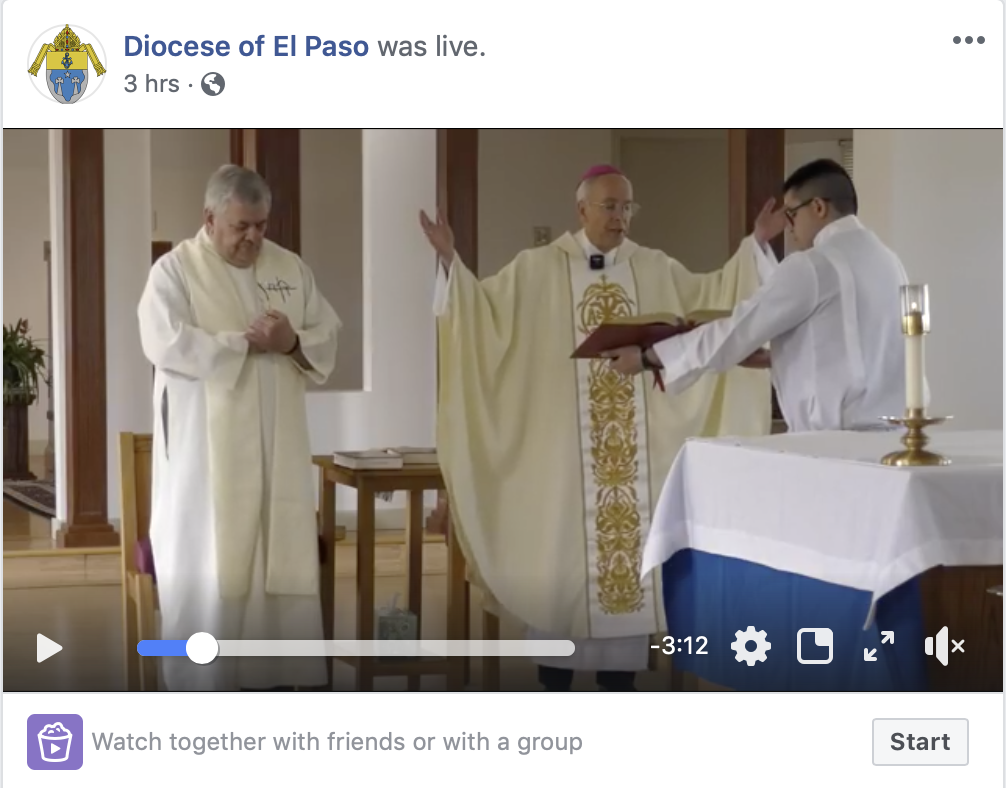
Still, as many have noted, watching mass is not the same as “being there” in person. Passive observance at home doesn’t feel the same as actively participating in the pew alongside others who form the assembly of faithful, joyfully fulfilling their right and duty to praise God in the sanctuary of his holy dwelling.
So much could be said of this irony—theologians can certainly break this open with much greater wisdom—but we are living a time in which the broken body of Christ remains in triage, unable to come together in person for much-needed prayer, for much-needed healing.
Hanging up our harps
Though we don’t hear the biblical story until next year’s cycle of readings, there’s certainly parallels to be found these days in the Babylonian exile. The Jewish people did not know how long their captivity would last. They knew only that they must persevere, even if it seemed that all hope was lost. Imagine the first few years, the captives holding on to a glimmer of hope that they could return home in their lifetime, and that glimmer slowly flickering out as the years turned to decades, then to generations. How did they survive the utter despair?
They asked themselves, “How can we sing a song in a foreign land?” As if to say, “What’s the use? It’s better for us to hang up our harps and call it a day!” For us these days, isolated from our parishes, our exclamation might be, “How can we sing our song in a liturgically foreign land?” As the world is reeling from COVID-19, our church, too, is suffering its affliction, the members of its body in exile from the ability to worship together in community.
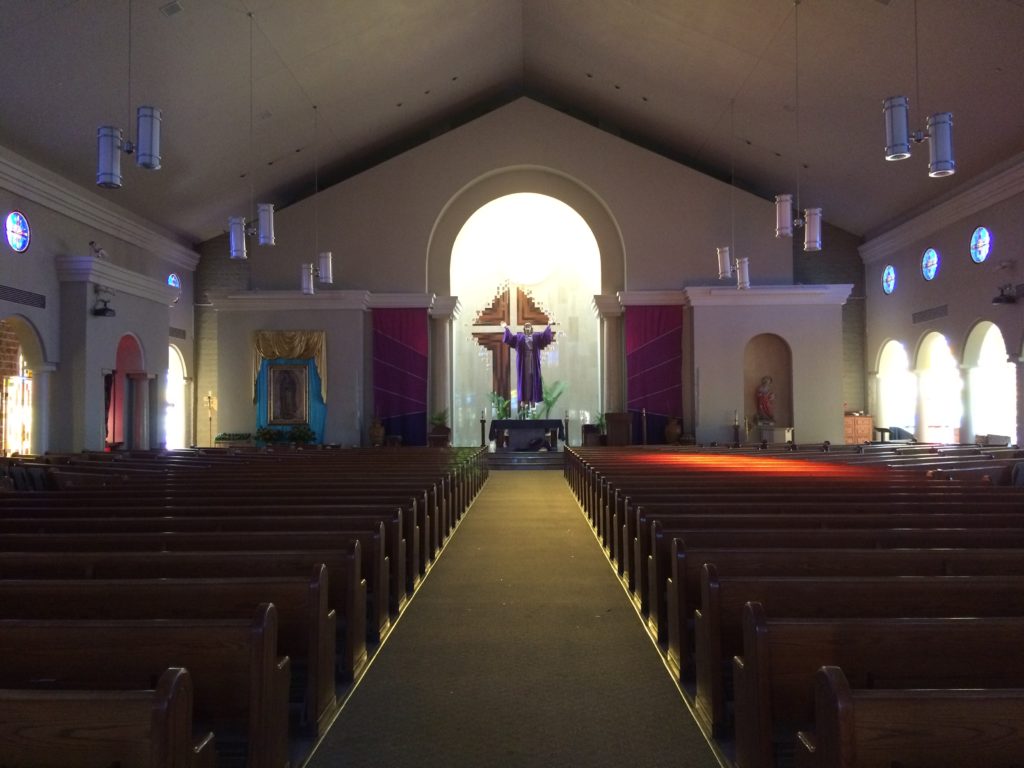
The captor in our case is not an enemy people, but a tiny micro-organism—a virus holds us captive (!). But perhaps we were held captive already by our own entrenchment in a secular world, the inability to break free from the overload of non-essential things, the inability to become unglued from our phones, tied to social media and the facade it provides for toxic spewing of hatred and disrespect. The growing contempt we routinely harbor for those who are different from us politically, religiously, in sexual orientation, gender identity, or legal status… Are we not all the body of Christ, sisters and brothers to each other with one Father in heaven? We mire ourselves in tending to these life-draining behaviors and attitudes, when our energies toward what is truly life-giving—love for God and one another, discipleship, and our call to spread this word—all but vanish. For all its scourge on humanity, this pandemic is a reminder of our inter-connectedness. Imagine if only it were the Gospel being spread as infectiously as this virus.
40 days in the desert
The liturgical context in which this pandemic is happening cannot go unnoticed. Every year we traverse the Lenten season as we prepare for Easter, but somehow these recent events have amplified the treachery of this particular stretch of ritual terrain. Being sequestered in this imprisoning desert will cause many to ponder this year’s Lenten journey in a deeper, more profound way. The hunger for meaningful connection will be felt by us all, as will literal hunger be felt by the economically exposed. Lent rolled around this time not just as an inconvenient period of no-meat-Fridays, but a dire new reality of real human suffering.
Here in the borderland between the U.S. and Mexico, the notion of the Gospels’ desert is not some disconnected, far-off narrative, but a daily lived reality. In the absence of shelter, the high-desert climate here in the Southwest can be surprisingly harsh: scorching days and frigid nights. The lack of rainfall, the huge expanses of barren land, mountainous backdrop, rolling dust storms, and flash-flooding thunderstorms, all paint an ever-present picture of a stark, albeit it wondrous, landscape. It reminds us of Christ’s humanity—the hunger he surely felt during his fast or his own childhood exile into Egypt (and the fear his refugee parents must have known on that journey). In this region where two nations meet, a line in the sand defines boundaries that force family separation, and the desert forms the unforgiving life-or-death stage for those who dare cross it. Here along its barren miles, the migrant or refugee approaching the altar of a more dignified life is met only by a brutal steel barrier.
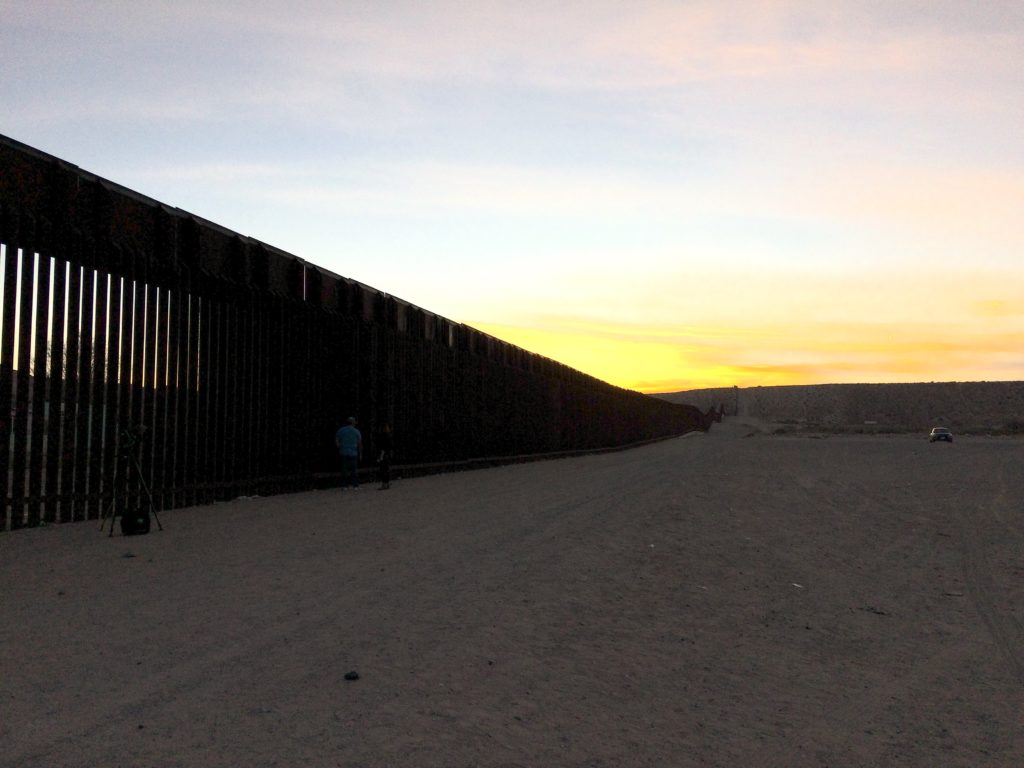
Yet in spite of these obstacles—whether the realities that existed before this pandemic (and will continue to do so) or the calamity of this viral invader—we carry on, bearing the crosses of isolation, job loss, financial uncertainty, sickness, suffering, or death of loved ones in this crisis. Despite the crushing weight and burdens that at times seem too much to carry, we heed Christ’s call to follow him on that arduous way. Why? Because the story doesn’t end at Calvary but with the stone rolled back from the empty tomb.
Return to God with all your heart
Before entering the gates of Jerusalem, Jesus went into the desert to pray and fast. He went into that barren wilderness not because he was forced to, but because it provided the very setting needed for his own preparation. It was his intentional social distancing, his retreat from the daily path in order to remain focused on the wondrous events to come. Over 40 days, his body hungered so that his spirit could be fed.
Perhaps this exile of ours from the communal celebration of Misa is a chance to reestablish prayer more meaningfully in the home: prayer alongside daily chores, routines, Netflix®, and smartphone addictions. The desert exile gives us the opportunity to reflect, prepare, and change. Through our fast we can more clearly see where we have gone astray and prepare our hearts for a return home.
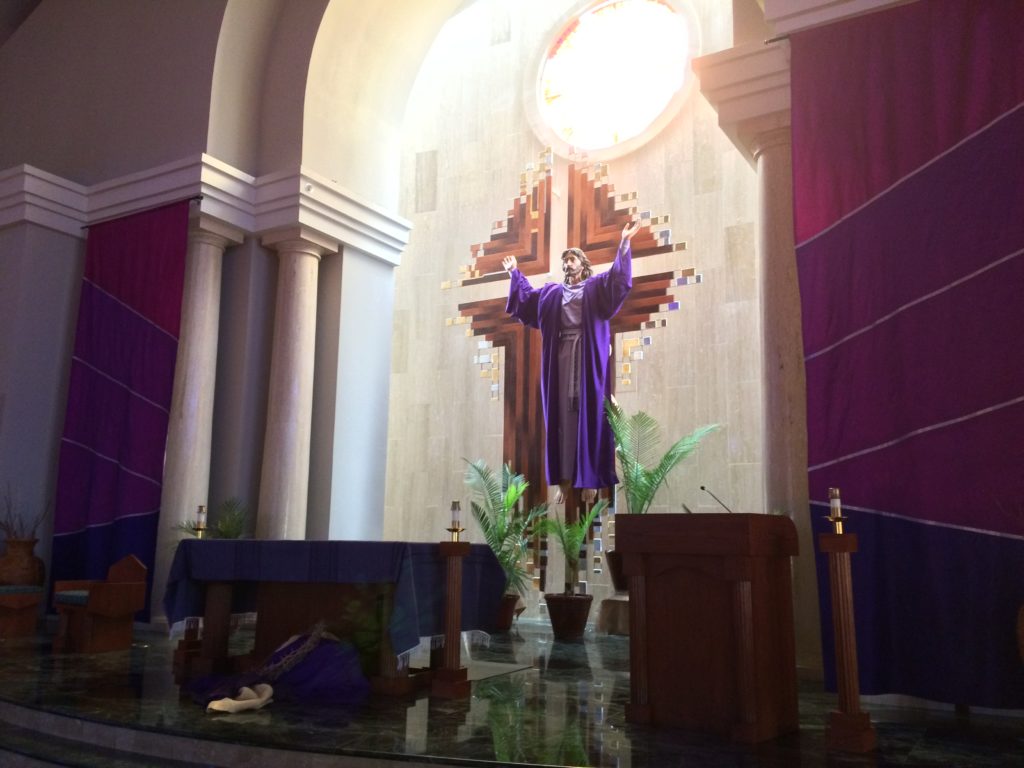
Bread broken for the world
Just as God sent manna in the desert to tide over the hunger felt by his people wandering the desert, we have the temporary nourishment of virtual celebrations of Misa. It’s not the true substance, but it sustains for the time being. And it sustains a sense of the connected, albeit fractured, Body of Christ.
But it’s important to remember that bodies get broken. And they heal. Christ’s own body was brutally scourged and tortured over the course of his Passion, but out of this suffering came the Resurrection which restored and glorified his body. Jesus took bread and broke it, giving it to his disciples to share and consume. In receiving his broken Body we thus become his Body, healed and healing for a world in its need. Through him, with him, and in him, we are promised restoration, and like those emerging from the desert exile, a reclaiming of what was lost so that we may joyfully proclaim what is to come.
Thus our Lenten fast becomes infected with Advent hope, and we now await a reuniting—and re-igniting—of our faith communities in the wake of this viral scourge. Our longing has been foreshadowed in the psalms: “My soul thirsts for God, the living God. When can I enter and see the face of God?” (Ps 42:3). It is with joyful expectation that we await the day when we can once again “pay our vows to the Lord in the presence of all his people” (Ps 116:18) and gather as the Body of Christ, in all its beautiful brokenness.
Let us sing Amen. Cantemos Amén.

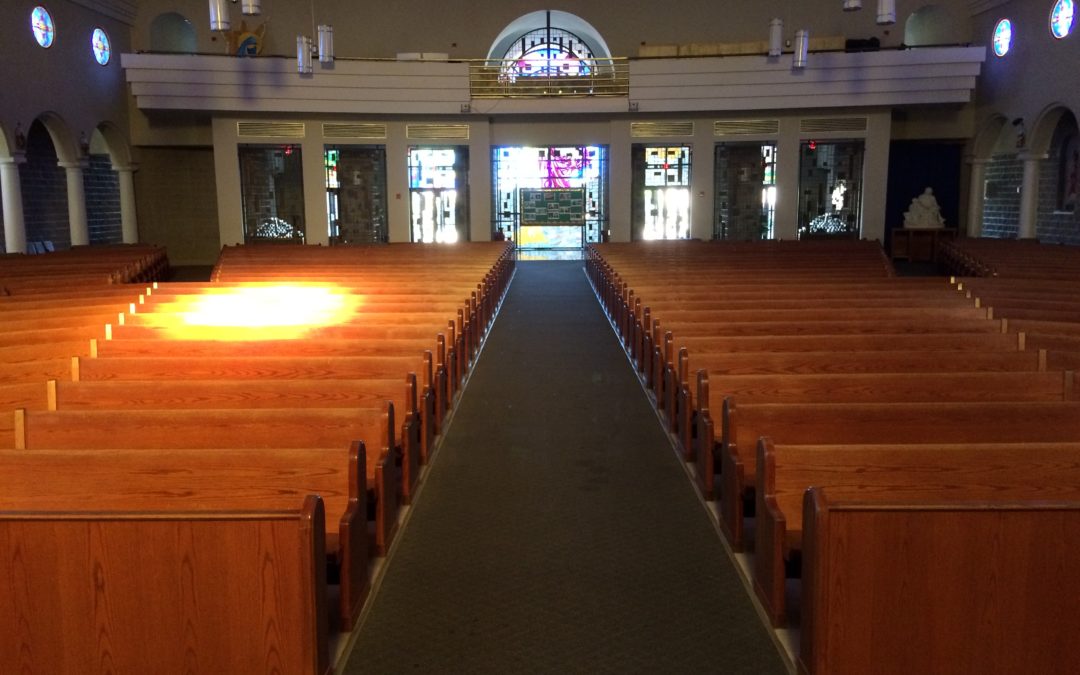
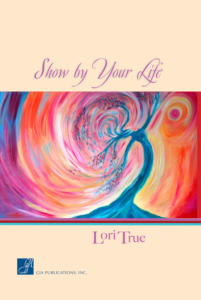

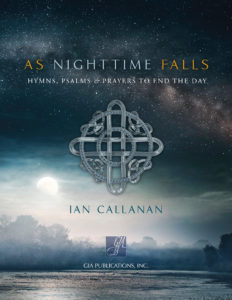

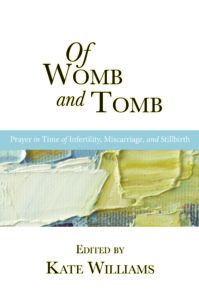
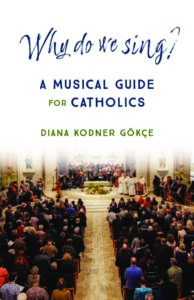
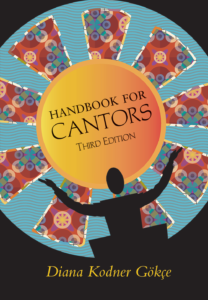
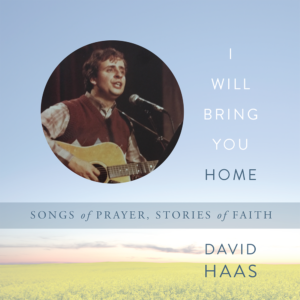
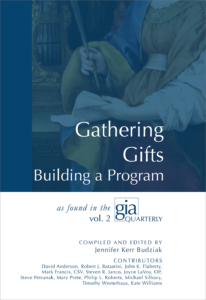

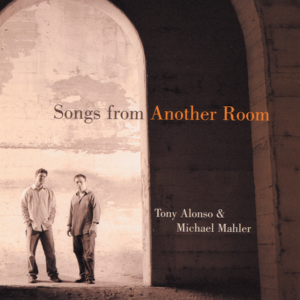
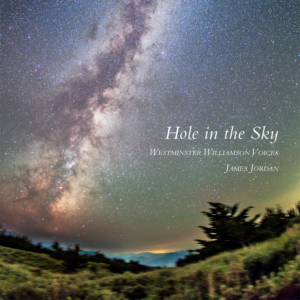
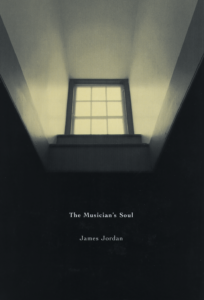
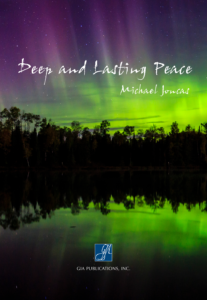
Thank you Peter. Beautiful reflection praying that your beautiful family is well
Thank you, Peter.
Beautiful essay expressed from the heart – also representing our hearts.
We cannot ‘hang our harps’.
We must persevere. We must pray.
We must ‘knock, and keep on knocking’ so that the dear Lord will listen to us – help us through this disaster.
Amen! Thank you, Peter Kolar, for writing this excellent reflection. Lots to reflect on during this blessed Lent.
This is an incredible statement of fact and faith, Peter. An incredible statement of hope, of Word, of life not just in our borderlands, but all borderlands where challenge and change must be met and accepted – not in defeat, but in love.
Thank you for sharing your words. Love and peace to you and yours.
Thanks, Peter, for this beautiful essay, expressed from the heart.
It represents all our thoughts and feelings in this present time.
No, we won’t ‘hang our harps’.
Instead, we shall pray and pray again.
We will ‘knock, and keep on knocking’ until the dear Lord hears us and lifts us up from this disaster.
Great thoughts and reflections, Peter.
Much Godly spirituality comes forth with pain, suffering and hunger – just see the faith of those who live without all their lives!
Even so, as you point out, how much more value, meaning and dedication should we have when we celebrate the Eucharist together after we come out of this wilderness! May we realize, appreciate and participate in what we have taken for granted, for the rest of our lives.
God bless all of us during this time so that we can be a blessing in return.
Shalom.
Danny
###
All of our suffering – compounded by the fear that comes so easily to me, and transcended by the harder call to love. I John, 4:18-21 calls us to fight the fear. Translations of verse 18, other than the NRSV, turn this into a stronger call: “Where there is fear, there can be no love”. Good first step.
Thank you, Peter for sharing this. In these difficult times we pray together for faith and strength to get through it. This beautiful reflection is so faith inspiring! We will persevere and come out of this stronger than ever. I will surely never again take for granted being able to attend the Holy Sacrifice of the Mass, and receiving the Holy Eucharist. It’s always been a part of my life but now it is even more special. God bless our world as we fight this virus.
There is beauty in the broken! Thanks for that reminder.
PAX
Peter, I thank you and pray blessings upon you for sharing these powerful words, helping us all to know we are in this together. Surely inspired by the Holy Spirit, your reflection helps us connect to Scripture and the suffering of those who came before us. They (our ancestors and your words) remind us to live in faith, give us hope and call us to love. May the peace of Christ be with you…and with us all!
Excellent written view of a world affected by a microbe, and cutoff from its surroundings and confined to being alone. Because of this microbe’s abilities over human beings, fear has been imposed to everyone including the medical and research professions. Your writing outlines clearly the peoples’ reactions. And while the empty churches remain without the faithful, we must not overlook the gifts by God, even in these desparate times. His continued love is unending thus we too must follow through prayer. Bendiciones y gracias.